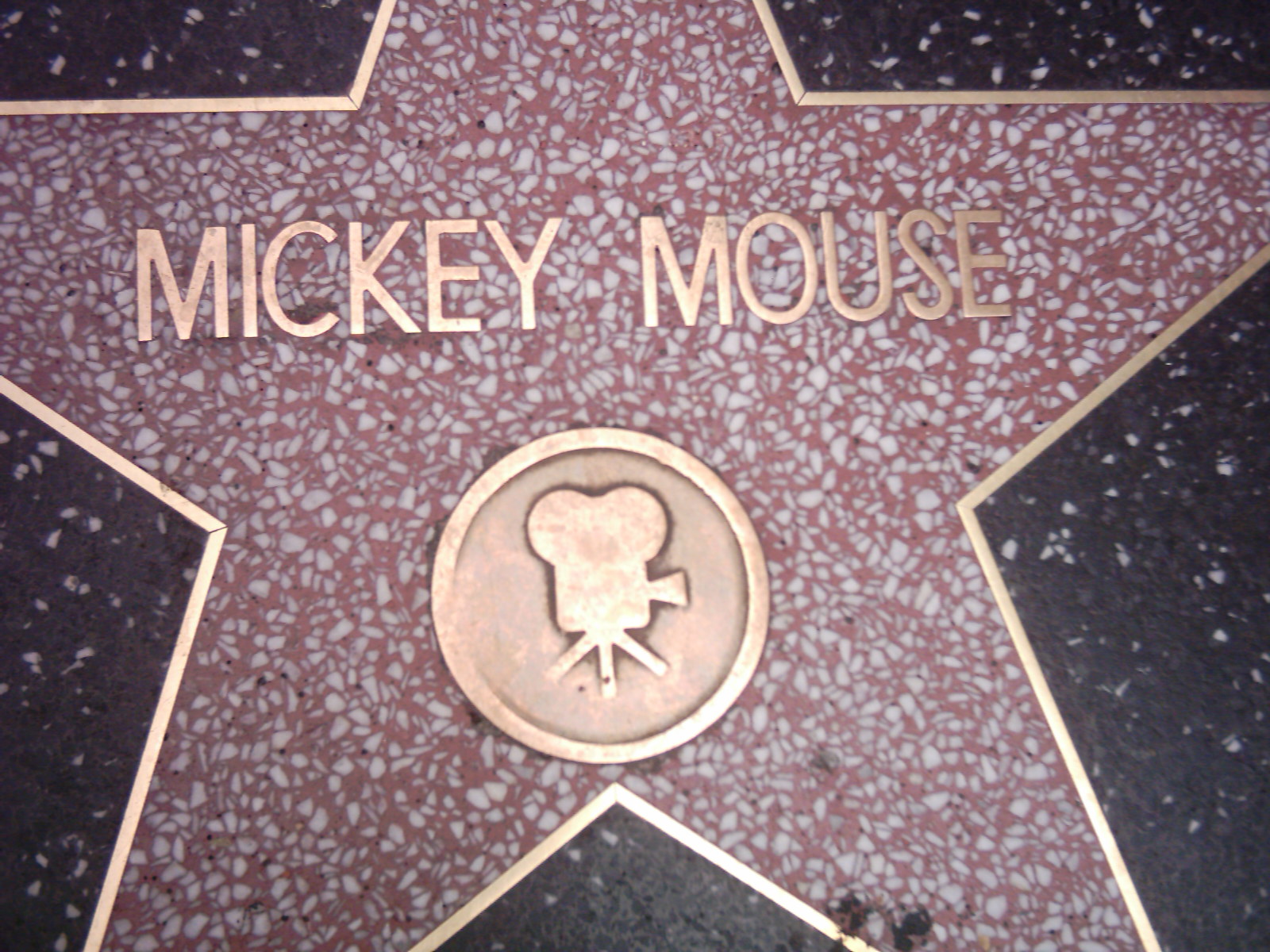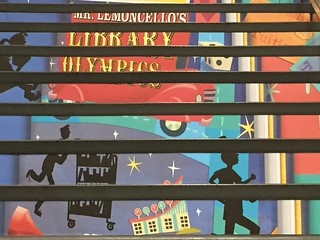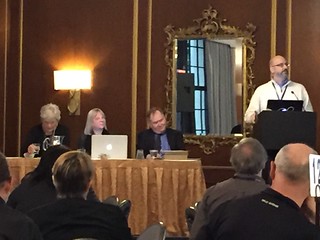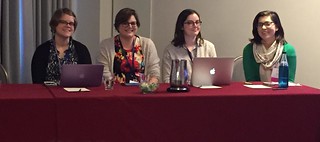Beyond books: emerging scholars talk about new directions and radical change research
Panel developed by Don Latham (Florida State) and Annette Goldsmith (Univ. of Washington)
Kyungwon Koh, Univ. of Oklahoma - Radical change and young makers: Information creation, sense of agency, and community engagement.
Radical change assumptions from Dresang (1999). Key concepts: connectivity, interactivity and access. She developed radical change book typology (1999). Koh developed typology of radical change behavior.
Koh is now looking at informal learning such as makerspaces. She believes that radical change theory can be used to discuss and describe these spaces. She talked about Information-creation behavior and used the work of young people as examples.
The second behavior is identity and perspective. The third is social interaction.
Liz Mills and Katie Campana (Univ. of Washington) - VIEWS2: Eliza Dresang's radical research.
These two are completing Dresang's final research. Are public library story's times making a difference in the early literacy behaviors of the children attending? They used a quasi-experimental design for the research. They worked with 40 public libraries in the state of Washington. 240 storytimes and 2880 children.
In order to have a enough researchers, the trained masters students through a class to use the tools and to do the observation. The course was offered twice (once each year of the project).
Yes, storytime does change the children. Yes,the research activities did change how the MSLIS students thought about storytime - planning, practice, etc. The MSLIS students also wanted to continue to connect with their fellow researchers.
The final part of the research is to look at assessment in public ibraries related to storytimes.
They are changing findings with librarians through workshops as well as consulting with OCLC on "supercharged storytimes."
Part of their work demonstrates changes that have and are occurring in storytimes.
Jonathan Hollister and Jisue Lee (FSU) - Expanding radical change to digital games and social media
RC1: changing forms and formats
RC2: Changing perspectives
RC3: Changing boundaries
The average age of a gamer is 35 years old. The largest demographic of gamers is adult women. About 30% of South Koreans using social media each day.
Hollister --
RC1 in Digital Games:
Mindcraft - One person built a working cell phone in Minecraft.
Virtual reality- Birdly
RC2 in Digital Games:
Never Alone which was developed with Alaskan First People
Beyond Eyes
This War of Mine - in this game, you are a refugee.
RC3 in Digital Games:
Papers, Please - where you work as a immigration officer
Depression Quest
Lee --
RC1 in Social Media:
Important in cultures where some conversations are not as open.
In January 2012, South Korea lifted its ban on social media.
RC2 in Social Media:
Seen where people look for a different perspective, e.g. looking for a less controlled perspective.
RC3 in Social Media:
Where non-media people become the media. These people may be netizen detectives.
Where people use social media to mobilize resources.
Harry Bruce functioned as our discussant. He had hired Dresang at the University of Washington. He talked about hiring her and the focusing more on digital youth in their program.
 Zachary Crockett has written an excellent article entitled "How Mickey Mouse Evades the Public Domain" which contains good data and visualizations to help tell the story of Mickey Mouse and the changes to U.S. Copyright Law. I'll give you this tidbit as encouragement to read the entire article. It is a quote from Paul J. Heald, a professor in the University of Illinois School of Law:
Zachary Crockett has written an excellent article entitled "How Mickey Mouse Evades the Public Domain" which contains good data and visualizations to help tell the story of Mickey Mouse and the changes to U.S. Copyright Law. I'll give you this tidbit as encouragement to read the entire article. It is a quote from Paul J. Heald, a professor in the University of Illinois School of Law: 



